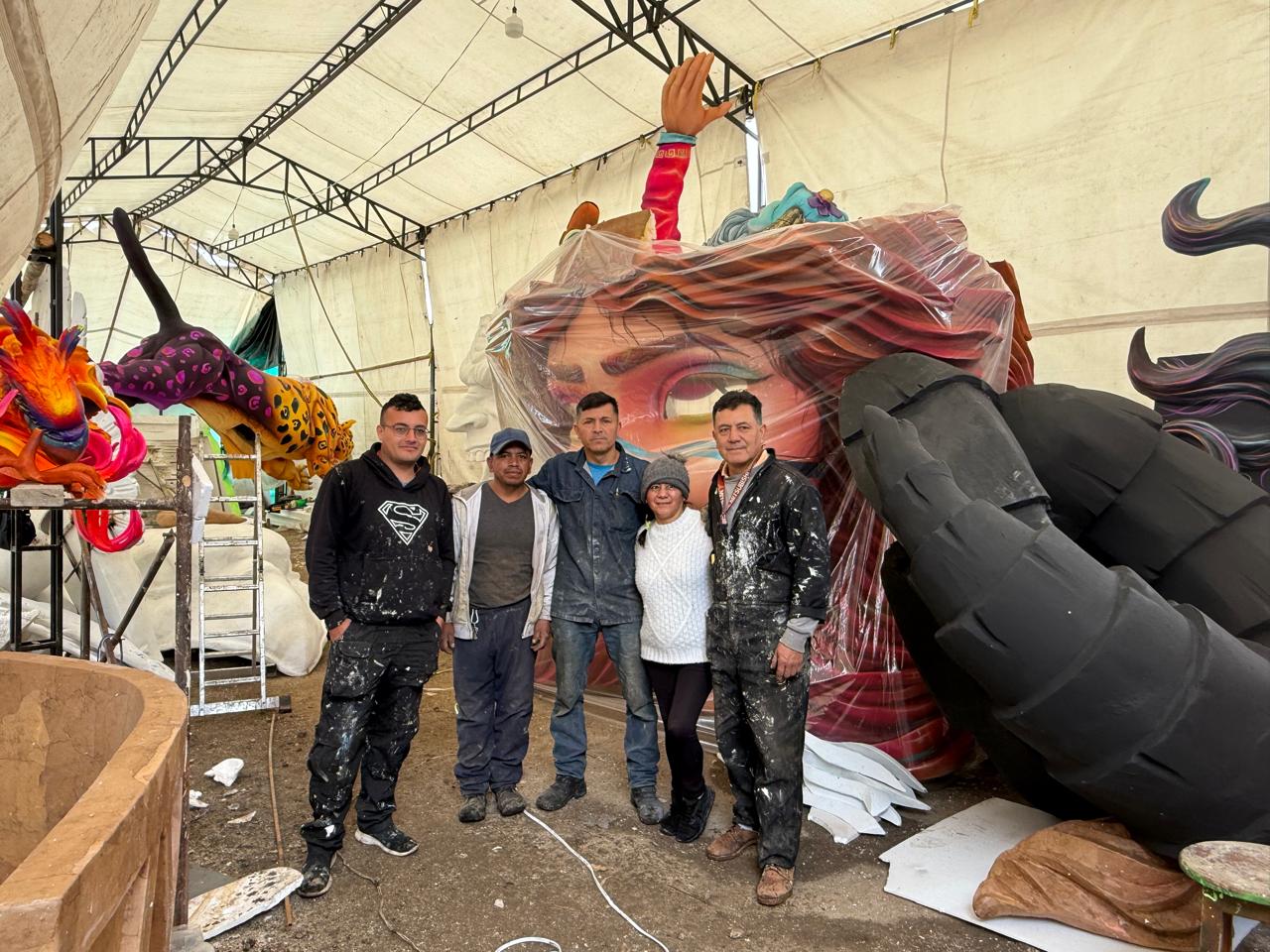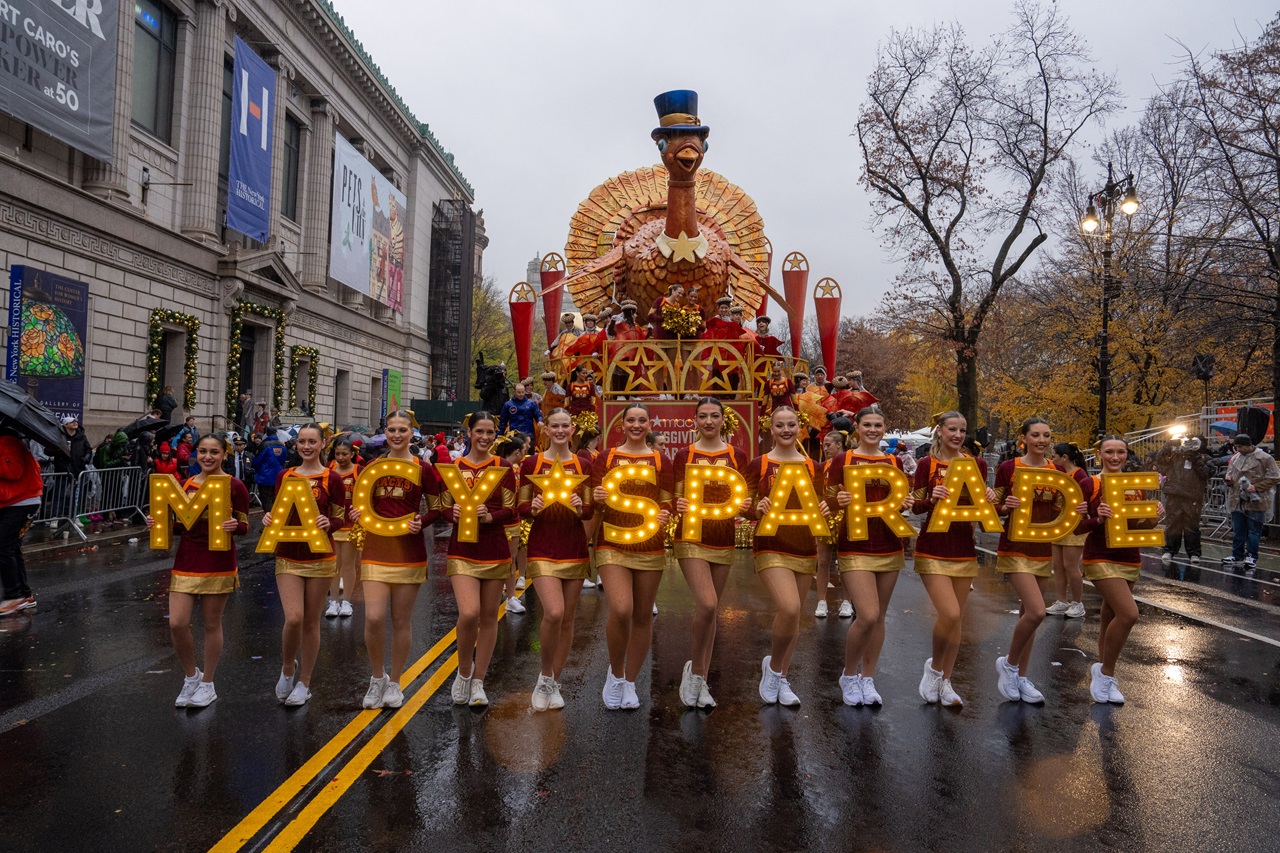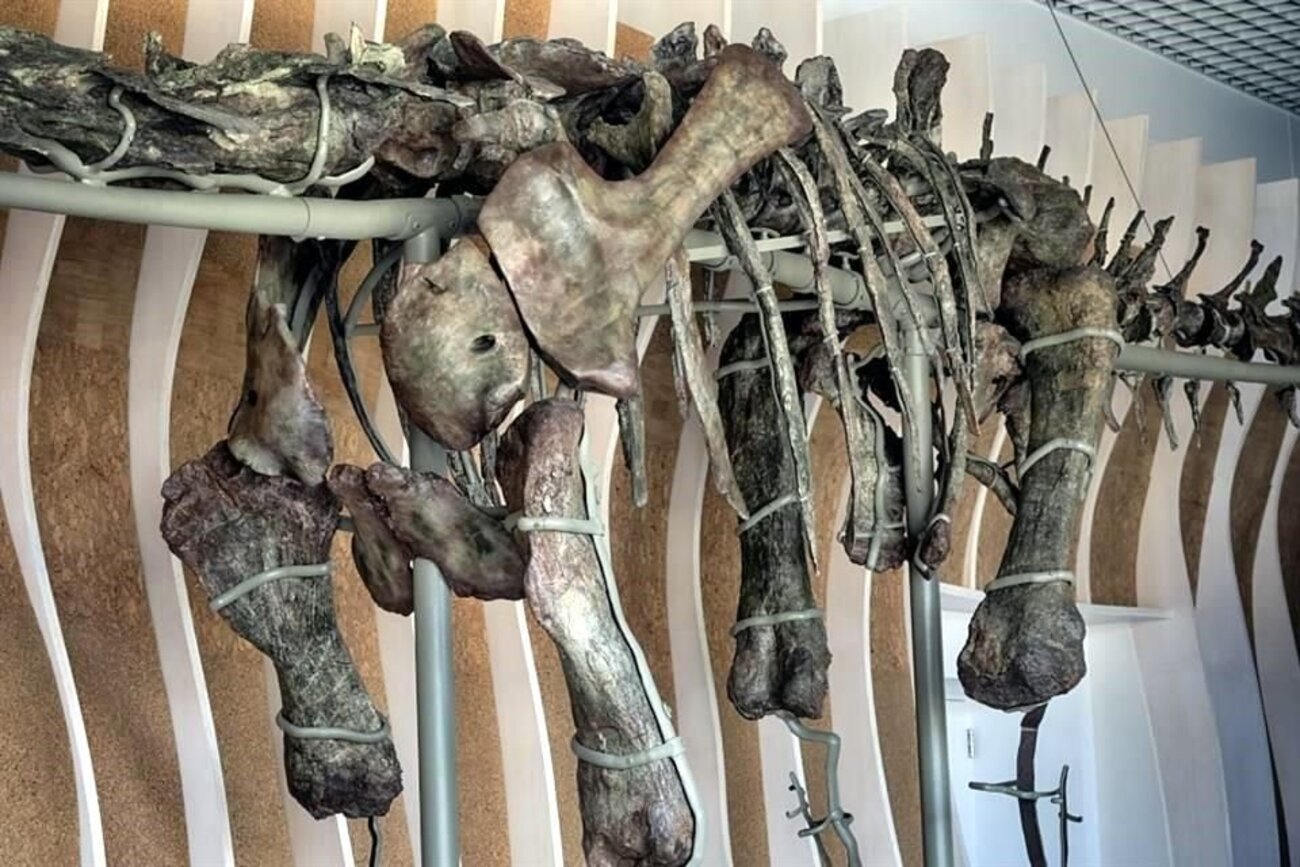
Thanksgiving at the Latino table: A tale of pernil, family, and creating new rituals
Maria Quiñones Sánchez remembers spending practically every Thanksgiving with her mom, some gatherings as early as her childhood if memory serves her well.
“I literally cannot remember not being with my mom on that day. It’s one of those things.”
Switching flawlessly from English to the illustrative, albeit hard-to-follow Puerto Rican Spanish, Quiñones recalled how a quintessentially American holiday changed over the years. Some thoughts she earnestly conveyed in Spanish.
It used to be that family was expected at dinner time, the table would be set, and everyone enjoyed a hearty meal.
These days, Quiñones Sánchez said, it’s a whole day affair.
“My mom likes us to get there early.”
“People just come through. I have a lot of cousins who come in because they know my mom always cooks. Jugamos Dominó, have all the Christmas music playing way too loud, aveces que ni podemos hablar de tan duro,” Quiñones Sánchez said of the atmosphere, announced with loud music and punctuated by a high-stakes, four-player Puerto Rican strategic board game.
On the menu, a full-fledged array of culinary prowess — if there’s a holiday to show out your cooking, it’s Thanksgiving — with a mix of food adopted from the American holiday and Puerto Rican recipes developed at the turn of the 19th century.
The sides are guineítos en escabeche con mollejas, “which I’m very good at, y la ensalada de papas,” Quiñones Sánchez said of what she called “base dishes,” distributed among family members, though she confidently stood by her recipes, which she cooks with few modifications.
“Unparalleled” is how Quiñones Sánchez described her method.
The best way to describe guineítos is a freshly peeled, boiled green banana dish marinated with pickled gizzards, a Puerto Rican delicacy, onions, and peppers, depending on whose house you dine in, and spices married in a tart vinaigrette.
And as for the ensalada de papas, it’s straightforward. A potato salad with a helping of ground vegetables, mayonnaise, and boiled eggs — but don’t take our word for it — recipes change, and, truth be told, people get territorial.
Don’t overthink it.
“I usually help my mother con el stuffing, que hacemos un mofongo stuffing con plátanos. Yo hiervo el pescueso con las mollejas, cut it up, and then we make the mofongo, and I use that gravy to put it all in and put it in the turkey,” Quiñones Sánchez explained.
Mofongo is a Puerto Rican culinary love affair. Pickled green plantains, fresh. Cut into pieces, sometimes fried, sometimes boiled or roasted, to then be chopped and mashed in a pilón with salt, garlic, broth, and olive oil, though the recipe varies.
Mofongo is what the cook wants it to be – whether it’s an accompaniment for the main course, a supporting side dish, a base, or even the main course itself. Quiñones Sánchez put it succinctly: “it’s a meal by itself.”
In this instance, Quiñones Sánchez, whose husband says she makes the best stuffing, and her mom get creative to include any form of stuffing, though she doesn’t understand why people call it that.
“They call it stuffing, but they don’t stuff it in the turkey. I was watching a show the other day, and they’re like, ‘oh, the stuffing’ or the whatever, and I’m like if you don’t stuff it in the turkey…” she didn’t finish her thought, but her stance on stuffing seemed abundantly clear.
Thanksgiving is a weird holiday for Latinos to celebrate, whether for the diaspora or the generations of families who’ve resided in the United States.
It’s not a celebrated holiday in Latin America, barring Puerto Rico, which observes all federal holidays because of a long-standing politically paradoxical relationship between the island and the mainland.
After Thanksgiving, Puerto Ricans equip themselves for a very long holiday season, leading into Christmas filled with parrandas and sopón, Three Kings Day in January, and Las Octavitas thereafter.
The diaspora, though, generally won’t make a fuss, and the turkey’s kinda dry.
But there’s also a violent, buried Indigenous history fraught with myths. Thanksgiving wasn’t a family-at-the-table moment for the Wampanoag tribe and the pilgrims. It was a violent encounter rife with disease, a haughty land grab framed as a misunderstanding that eventually led to a bloody war.
CONTENIDO RELACIONADO
Thanksgiving is a day of mourning for Native Americans, or as the Smithsonian Magazine described it, it’s a day for Americans to “feel good about their colonial past without having to confront the really dark characteristics of it.”
So a picturesque portrait of a family sitting around a turkey, coronated by its carving tools, doesn’t accurately capture the Thanksgiving experience for many Americans.
Andre Del Valle, born to Cuban and Colombian immigrant parents, understands that all too well and uses the holiday to give back.
“It’s a good question. I probably found out about it in grade school,” recalled Del Valle, responding to his first run-in with Thanksgiving.
“In my family, we don’t really celebrate Thanksgiving. We do a day of action instead,” Del Valle continued.
“My family has always been very cognizant of the fact that we’re grateful to be here. We’re grateful for the ability of families to get together (...), and rather than celebrate it in a traditional way, we always make it a point to give back.”
And when Del Valle’s family isn’t engaged in a charitable endeavor, the dinner table is relentlessly rich.
He spoke of pernil. A sluggishly roasted hunk of pork shoulder marinated in the cook’s choice of spices.
It’s then diametrically shredded, tucked into a serving tray, robed in a golden brown, crispy layer of skin, resting atop a spill of juices the meat sweat over the course of its cooking time.
In truth, pernil is not just the crowning jewel of a Latino Thanksgiving dinner because it’s also a declaration of unity, a communion of sorts. It’s usually accompanied by arroz con gandules, or rice and pigeon peas, traditionally cooked in a large pot, both round and deep, with battle scars from years of scraping pegao’.
“Because our culture is all about celebration, it wasn’t just the traditional sit-down meal, I specifically remember us playing music, you know, bachata, the traditional Colombian songs, it was a dance party (...) while we’re wrapping up food and football’s going on in the background,” Del Valle said.
“We always made it our own.”
Quiñones Sánchez, albeit in a separate interview, agreed.
“I look at Thanksgiving as the beginning of la Navidad. It’s more than just a day, it’s really about a season. It’s probably the time of year when we most look to each other, to family,” she said.
“If you don’t go to church all the time, you try to do a misa. It’s one of those times when it’s a reflection of the year, and a recalibrating of a new year.”










DEJE UN COMENTARIO:
¡Únete a la discusión! Deja un comentario.